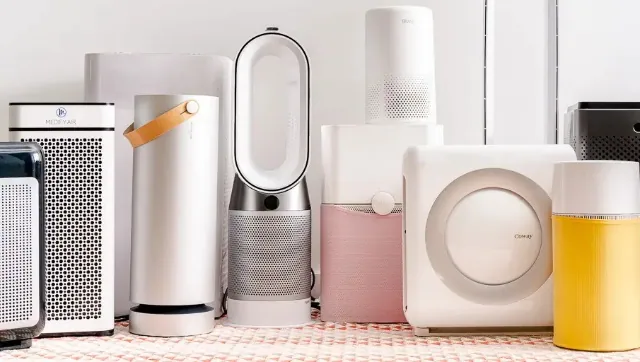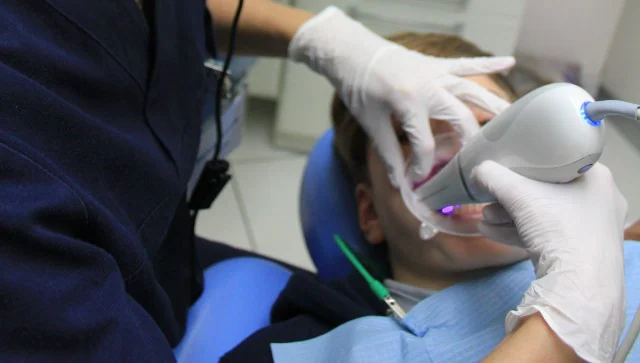FP StaffMay 03, 2022 13:04:25 IST
As per a report by the World Health Organisation, one in every 10 asthma patients lives in India. A different report by Global Asthma Network, suggests that out of the 1.31 billion people in India, six per cent of children, and about two per cent of adults have officially been diagnosed with asthma. The actual number of people suffering from the disease might be much higher.
Because of rapid urbanisation, living near natural and clean surroundings in a metropolitan area, finding a breath of fresh air has become almost impossible. In such a scenario, air purifiers have become a necessity for a lot of people, especially if they have asthma. During winters, this problem does get aggravated, but it certainly is not limited to just one season. Air pollution, and breathing in toxic air, have become a year-round problem.
Currently, air purifiers are the most viable option to get a respite from breathing in toxic air. But with so many brands and variants in the market, and so many different technologies being implemented, picking the right one may seem to be a herculean task. We take a look at the qualities that one should look for in an ideal air purifier.
Strong Prefilters
First and foremost, an air purifier should be able to block or filter out dust particles and skin flakes from the air. This becomes even more necessary if you live in an area with ongoing construction or an open dust field. If you have pets and they tend to shed a lot, you need an air purifier that has strong prefilters.
HEPA Filters
Now, there are various filters that remove allergens and pollutants, but the best option is to go for a true HEPA (High-Efficiency Particulate Air) filter. They are not ozone-based, and they are easy to maintain. Furthermore, they are highly effective at capturing 99.95 per cent of particles as small as 0.1 microns such as various allergens, bacteria, certain viruses, pollen and mould spores. Do keep in mind that there are various grades of HEPA filters; the higher the grade, the better the filter. Also, try to go for air purifiers that use HEPA filters made of polypropylene or PTFE membranes, as opposed to fibreglass.
Non-Ozone Based Air Filters
Avoid ozone-based air filters that use ionisers. Ionisers work by sending out a stream of charged ions to attract dust and allergens. While fairly popular, it is important to know that ionisers can produce ozone at the ground-level. This ozone can irritate your lungs. Furthermore, they are bad for the environment as well.
Activated Carbon Filters
Activated carbon filters remove the pollutants and elements that cause odour. Usually, such pollutants make people sick and can cause some serious diseases. People living in, or close to industrial areas should ideally get an air purifier that uses both, HEPA filters and Activated Carbon Filters.
Photocatalytic Oxidation (PCO) filter
PCO filters use a titanium oxide coated metal plate that works along with UV light to oxidise and break down chemicals during the filtration process. Again, this is a great feature to have especially if you live in an area that is very polluted, especially by exhaust fumes from cars.
Air Change Rate of an Air Purifier
The ACH (or the air change per hour rate) of an air purifier is the measure of how many times the purifier filters the entire room’s air in an hour. Although there is no standard unit that says a certain ACH score is good for a given situation, an ACH score of 6 or higher is usually better. An ACH score of 6 usually means that the air in a room is replaced every 10 minutes, which lowers the risk of airborne disease spreading through the air.
CADR or POLAR Ratings
CADR or Clean Air Delivery Rate is the measure of how much of the purified air is delivered by an air purifier at its maximum speed setting. It is used for both the amount of airflow and particle removal efficiency. CADR tests are conducted in small chambers with a ceiling fan and one sensor, which, some manufacturers believe is not the ideal way to test as it does not replicate a real-life scenario. Dyson, for example, uses a much larger room, no fans, and multiple sensors spread across their test room for more comprehensive results. They have named their methodology the POLAR or Point Loading Auto Response test. Ideally, you should be looking at a score that is higher than 100 CADR for dust.
Finally, you should also consider how frequently one needs the various filters of the air purifier, and whether some of these filters can be recycled or not. Ideally, you should be changing your filters every 12-18 months of daily usage. Also, do factor in the price of the filter sets as they can be a little expensive, depending on their sophistication, and efficiency.















